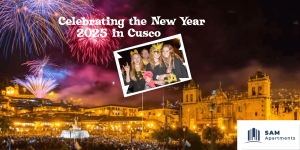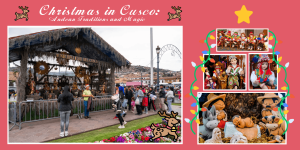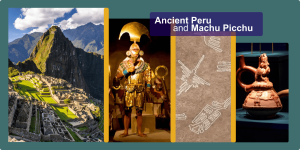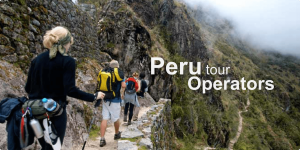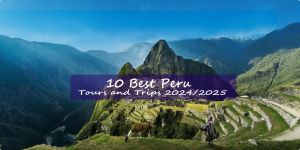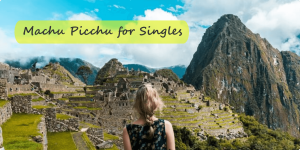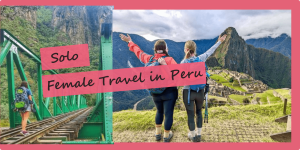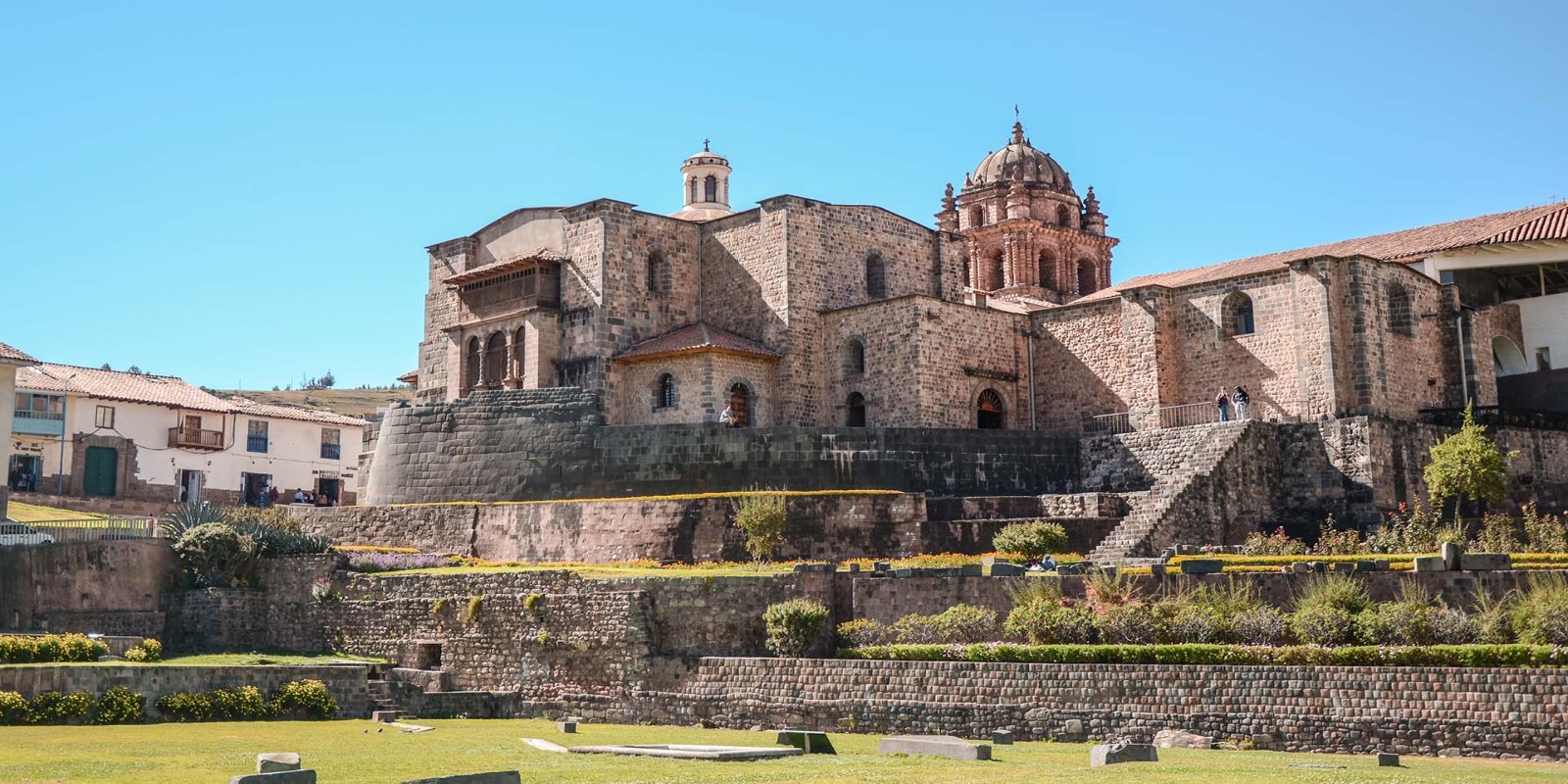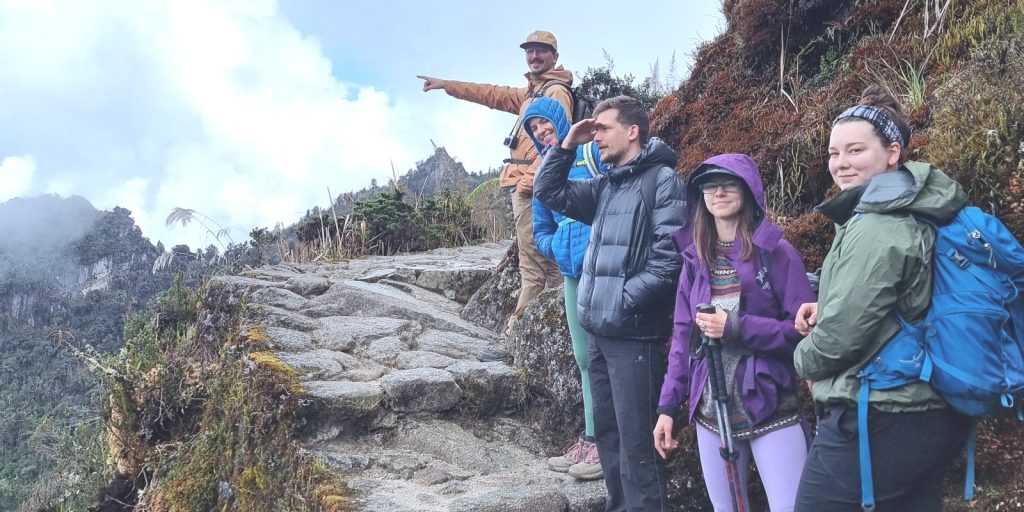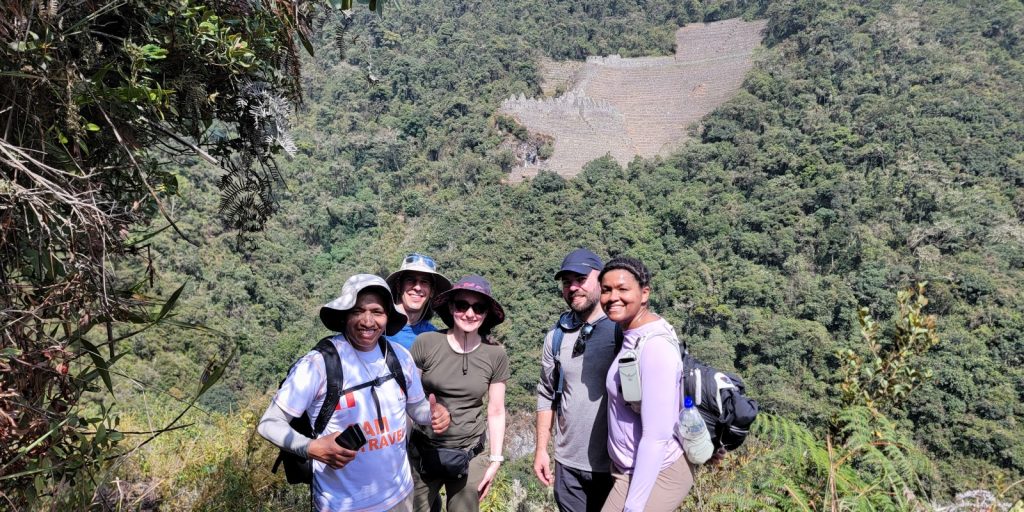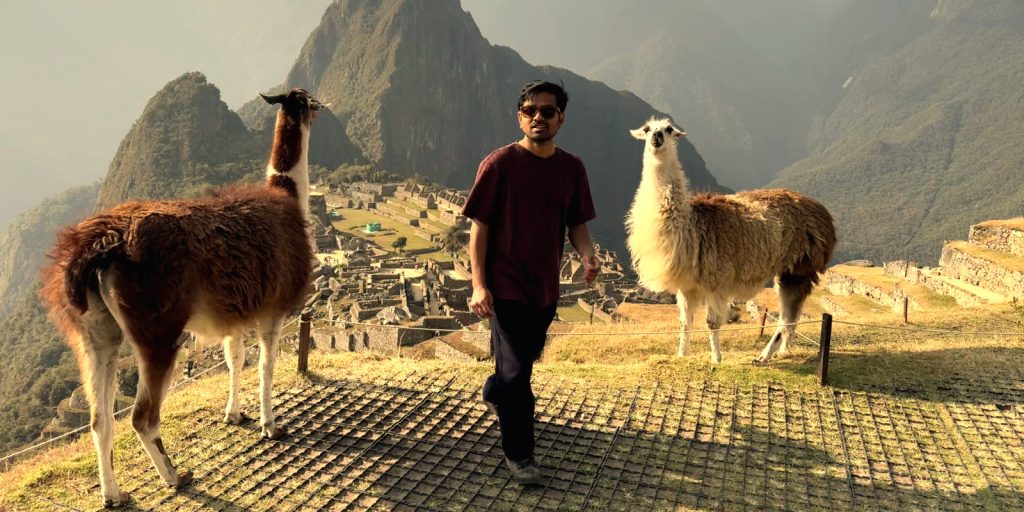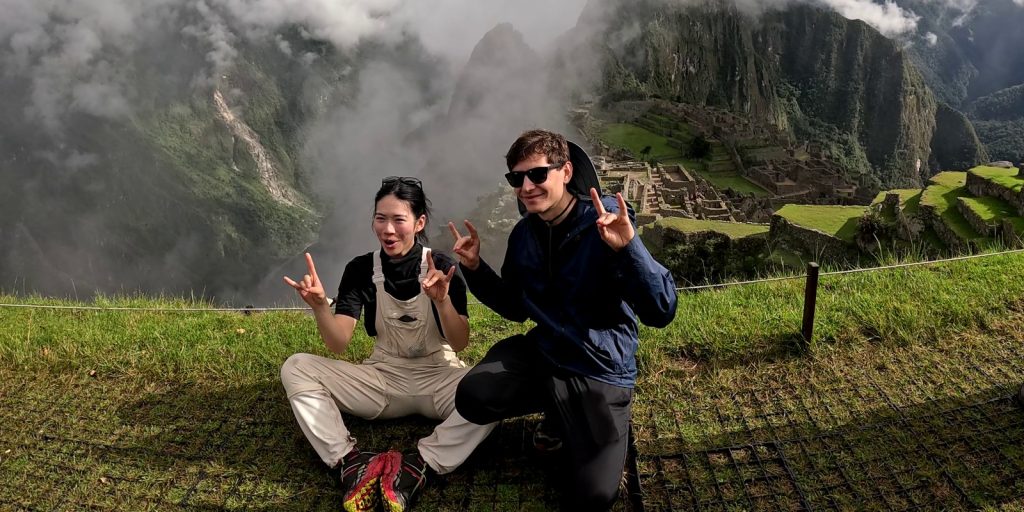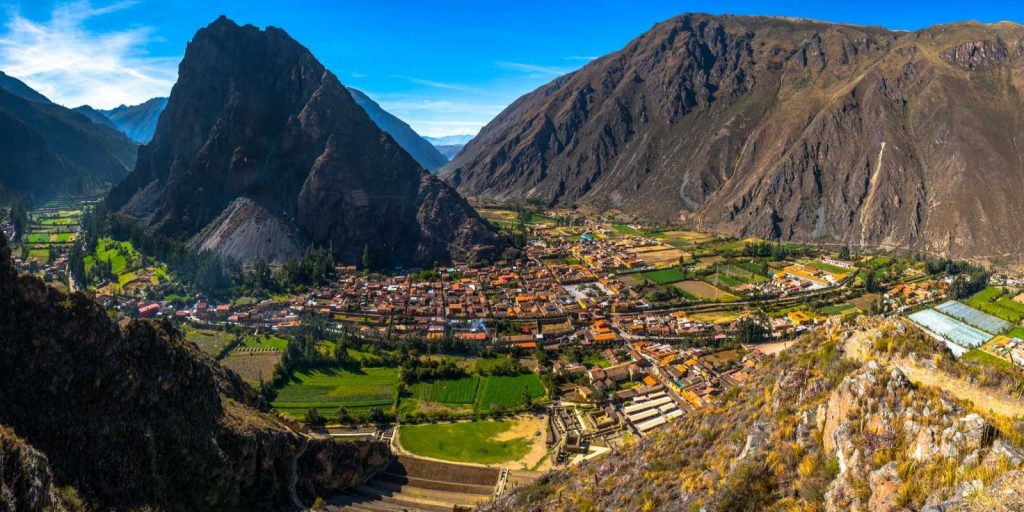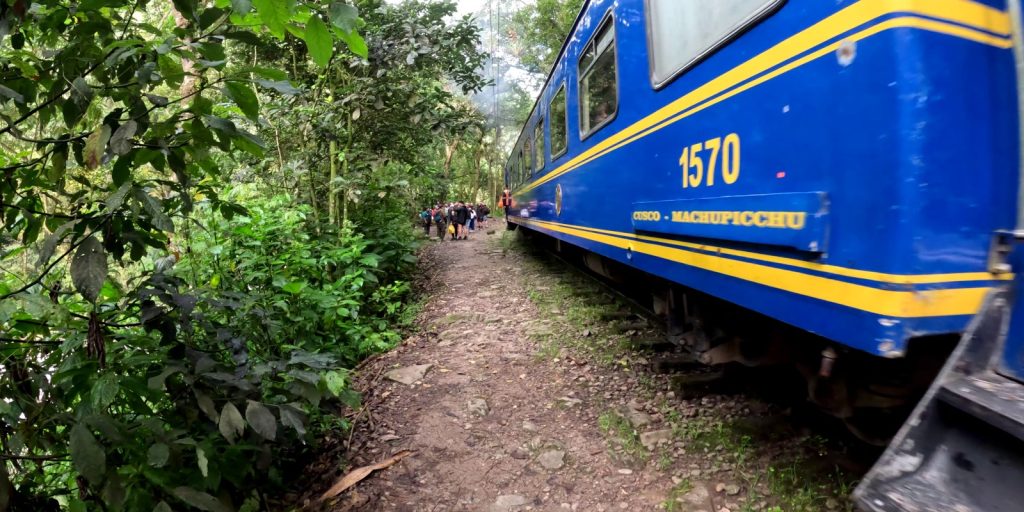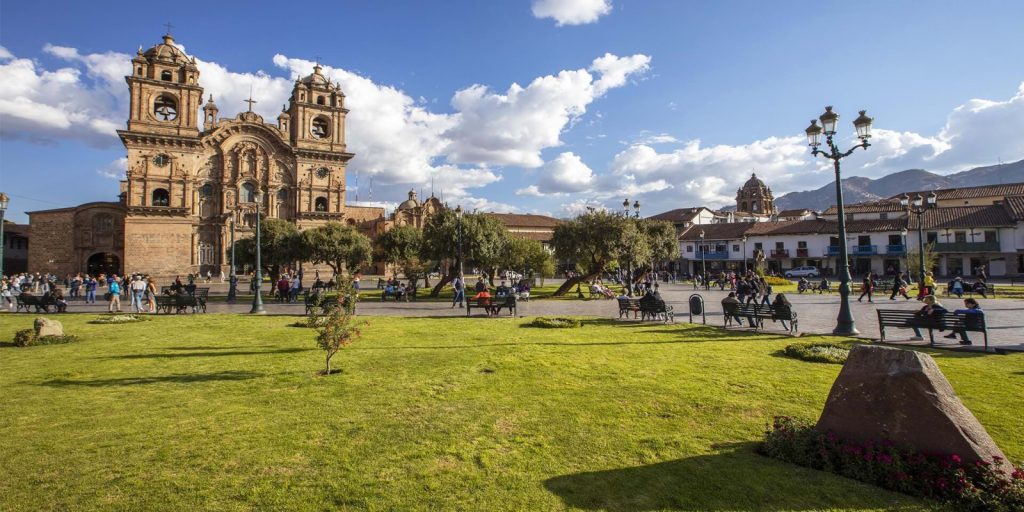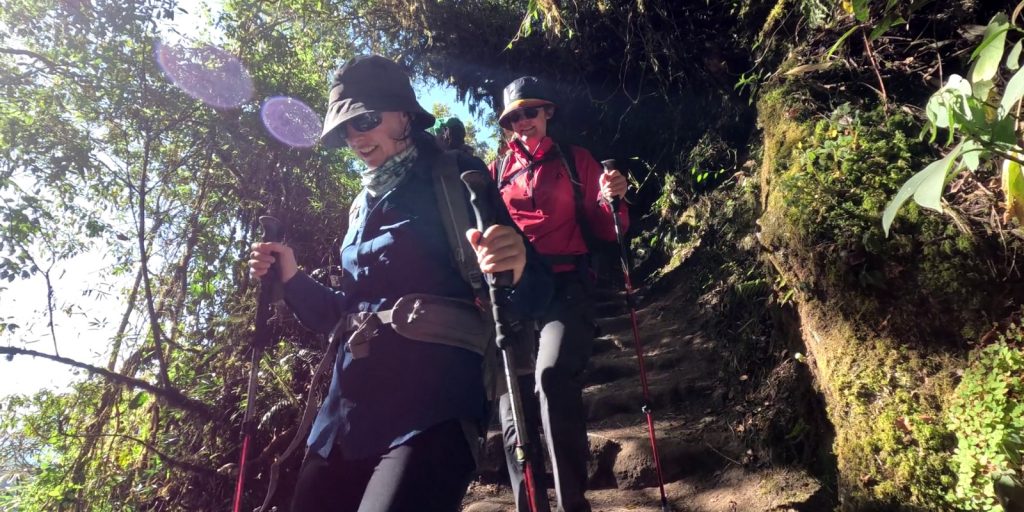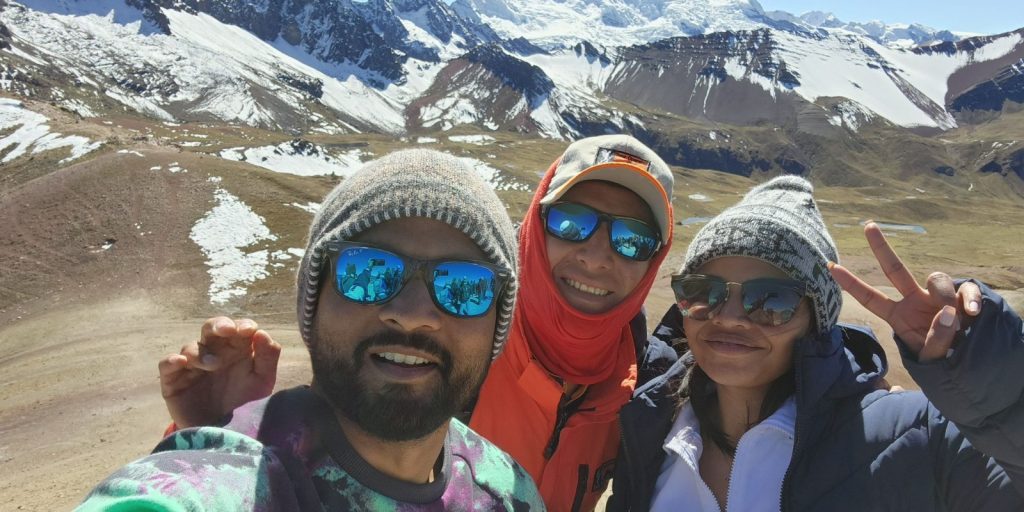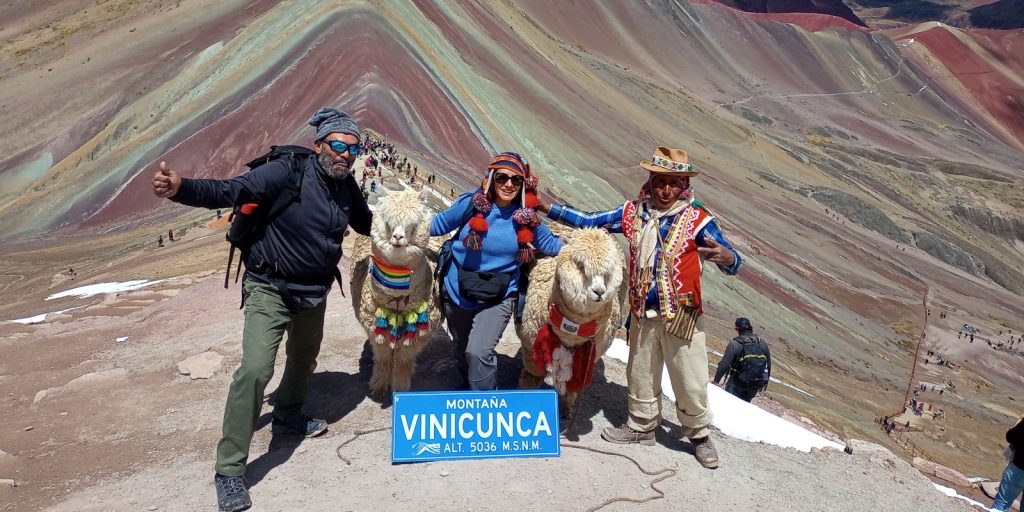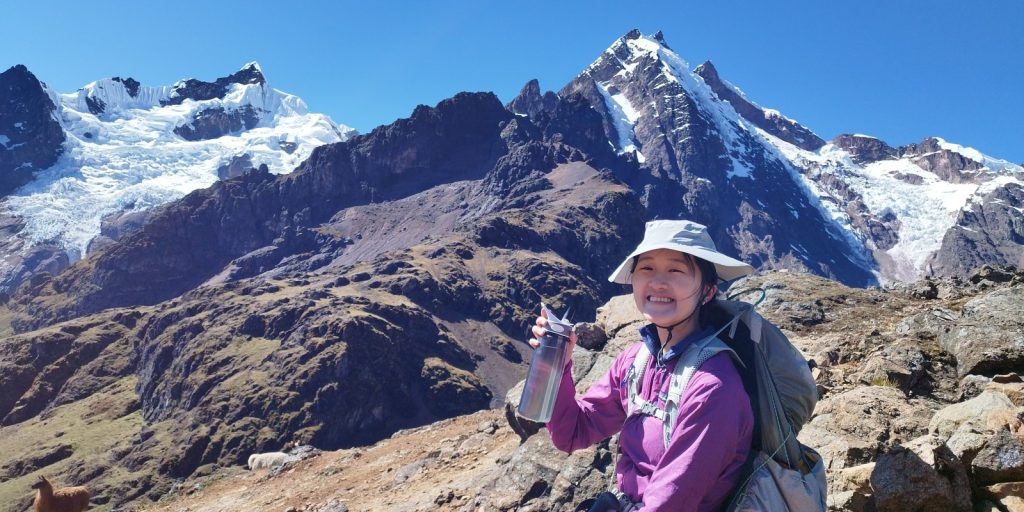Located in the center of Cusco, the religious complex of Qorichanca was the center of the Inca universe. Would it not have been fabulous to visit back in the day where you would have found the Temple of the Sun among many other temples. Temple of the Sun is said to be the most important temple of the time and was dedicated to the Creator God, Viracocha and Inti the god of the Sun. Legend has it that the entire site of Qoricancha was covered in a layer of gold, even the garden was golden, what a sight it must have been in the height of the Inca Empire. Above all, Qorichanca depicts the meeting of two worlds. Western religion towers over the foundations of indigenous culture at this site.
Architecture
The site was constructed by the 9th Inca ruler Pachacuti Inca Yupanqui between 1438 to 1471. He is said to have embarked on a gran rebuilding programme for Cusco. The lay-out of Qorichanca, as seen from above, actually resembled a sun with rays shining out in all directions. Cuzco itself was deliberately laid out to represent a Puma and Qoricancha was located at the tail. In typical Inca symmetry the second most important sacred site in the city – Sacsahuaman – was located at the head. Qoricancha was also built where the city’s two great rivers of Huantanay and Tullamayo met.
The massive walls of Qorichanca were built with large stone blocks cut and fitted together in the style the Incas are famous for. The walls lean slightly inward to support the structure, this was very typical of the Inca of that time. Trapezoid doorways and windows let light in and there was a band of gold midway around the walls.
But before all this Manco Capac initiated the construction of the Temple of the Sun around the year 1200. The temple was initially known as Inticancha, with Inti meaning sun and cancha meaning temple. Years later, Inca Pachacuti Yupanqui restructured the temple and covered it in gold. As a result, the name changed to Qoricancha, with qori meaning golden.
Temple of the Sun
Dedicated to the sun god Inti was the Temple of the Sun. The interior and exterior walls were covered in gold. There were reportedly over 700 sheets of gold weighing 2kg each. Inside the temple there were many golden artefacts and it is said that there was a statue of Inti encrusted with jewels that was taken outside in the sun every day, this among other statues that filled the temples with a plethora of gold and jewels. The stunning garden was also in homage to the god Inti. Everything in the garden was also made from exquisite gold and silver. Life size models of llamas, pumas, guinea pigs, birds and even butterflies were also made from precious metals and used in the garden. Today there is not much left of the Inca treasure only what we know from the Spanish Chronicles.
More temples
There were 5 other temples that were identified in the main courtyard of Qorichanca. These were in order of importance, First to the Creator god Viracocha, second to Quilla the goddess of the moon, third to Venus, next to the god of thunder Illapa and lastly Cuichu the rainbow god. Just as Inti’s temple was covered in gold, Quilla’s temple was covered in silver, a metal thought to be the tears of the moon. Each temple contained a cult statue of that particular god and precious art and religious objects connected to them.
Also, inside the Qorichanca compound there were dedicated spaces for the mummified remains of former Inca emperors and their wives, known as mallquis. These were brought out of storage during special ceremonies such as those celebrating the solstices.
The Spanish and Qorichanca
A Spanish expedition led by Francisco Pizarro captured the Inca capital of Cusco on November 15, 1533 after defeating the Inca army headed by general Quisquis. The following months the conquistadors supported the official coronation of Manco Inca as the Inca emperor to facilitate Spanish control over the Inca Empire.
With the invasion the Spanish seized control of Cusco and captured the last Inca King, Atahualpa and locked him away. In exchange for his freedom the Inca people gave gold from Qorichanca as ransom, after which Atahualpa was not released, he was executed. Later the Spanish demolished Qorichanca, melting the gold on the walls and the artefacts, sending the gold to Spain. They then built a cathedral on the site, though they maintained its stone foundations which are still visible today. The church is called Santa Domingo and is included on most city tours.
Tour
You can visit the Qoricancha through a guided tour of the city, or merely go to the Temple on your own and buy your entrance ticket at the door.
If you are looking to visit the beautiful Qoricancha temple, it is available every day of the week.
- From Monday to Saturday, it is open from 8.30 am to 5:30 pm.
- While on Sundays it is only open from 2:00 pm to 5:00 pm.
Qorichanca is not included on your Cusco Visitors Ticket so you will need to pay the following entrance fees.
- S/ 15 per foreign adult person.
- Per foreign child S/ 8
- For national (Peruvian) visitor S/ 10.
Best time to visit
The site is open all year round and you may visit at any time. Qoricancha is a place that you definitely cannot miss. Not only because of the historical treasure that it represents but also because of its amazing constructions. Being able to discover the hidden magic of the most important temple of the ancient Inca Empire is a unique experience.
What you will you see
Inca Foundations
As you will see the Church of Santa Domingo was built on the foundation of the temple of Qorichanca, see how the Inca carved the solid rock stones that fit perfectly together, in the style of the many other temples in the Cusco area.
Courtyard
Once inside the site, you enter a courtyard. The octagonal structure in the middle was originally covered with 55kg of solid gold. Inca chambers lie to either side of the courtyard. The largest, to the right, were said to be temples to the moon and the stars, and were covered with sheets of solid silver. The walls are perfectly tapered upward and, with their niches and doorways, are excellent examples of Inca trapezoidal architecture.
Church of Santa Domingo
Postconquest, Francisco Pizarro gave the site to his brother Juan who bequeathed it to the Dominicans, who built the church and in whose possession it remains today. The church is an impressive example of Spanish architecture complete with Baroque-style decorative carvings and vaulted ceilings. Spanish arcades surround the internal courtyard. Moreover, the wooden door boasts Mudéjar (Moorish) style carvings. Santo Domingo is the only place in Cusco representing this style.
Art
Colonial paintings around the outside of the courtyard depict the life of St Dominic and contain several representations of dogs holding torches in their jaws. These are God’s guard dogs, dominicanus, hence the name of this religious order.
Qorichanca without a doubt is a must see for its importance to the Inca and to the Spanish history of the site and Peru. Book your tour today!
